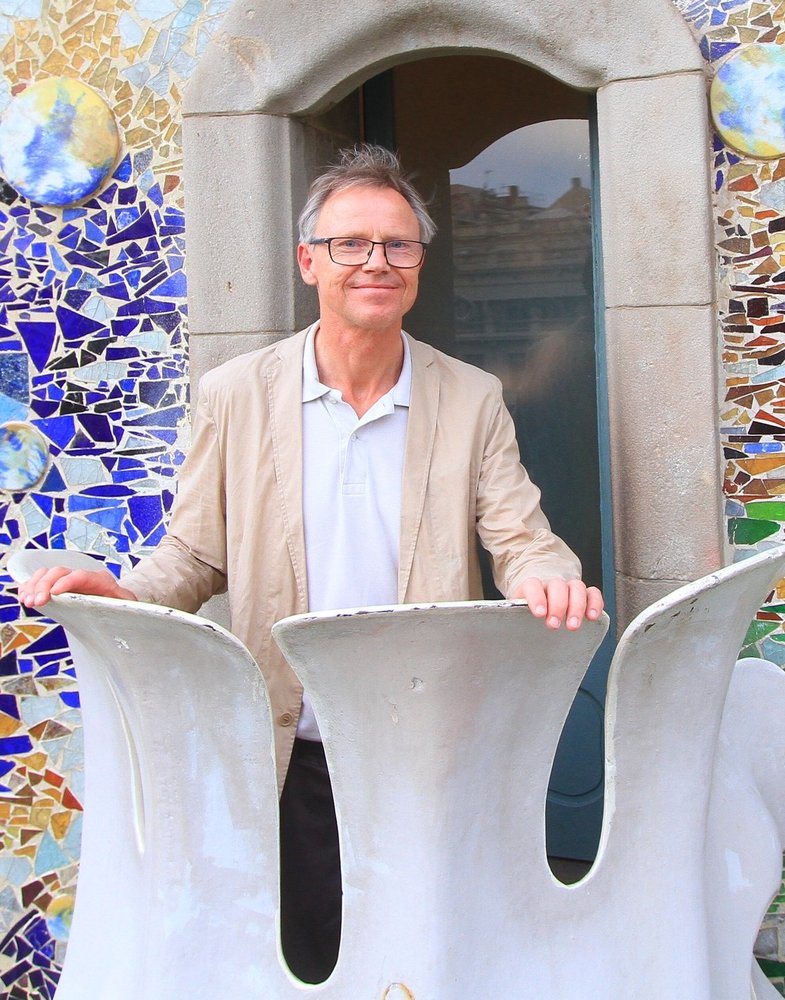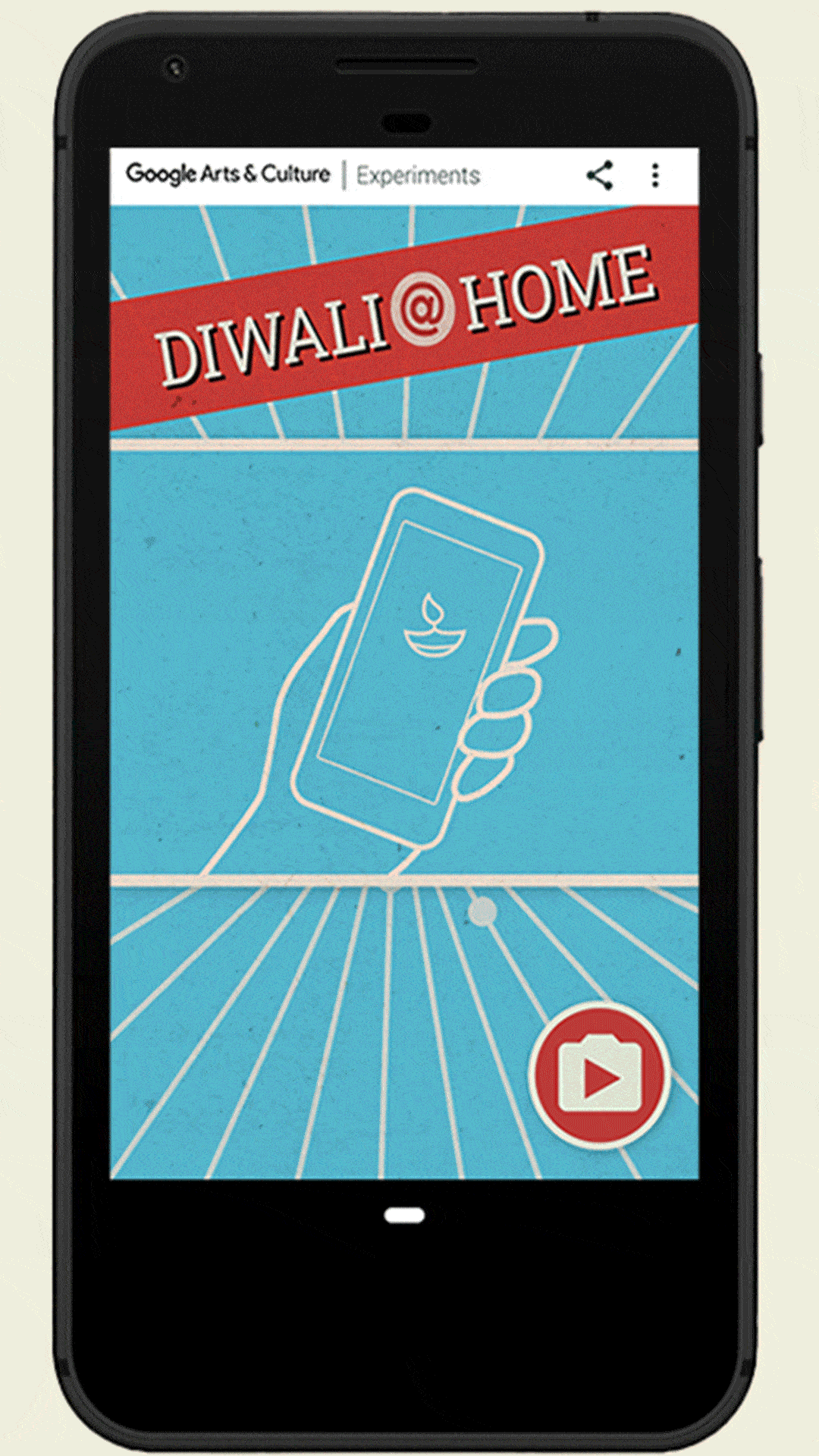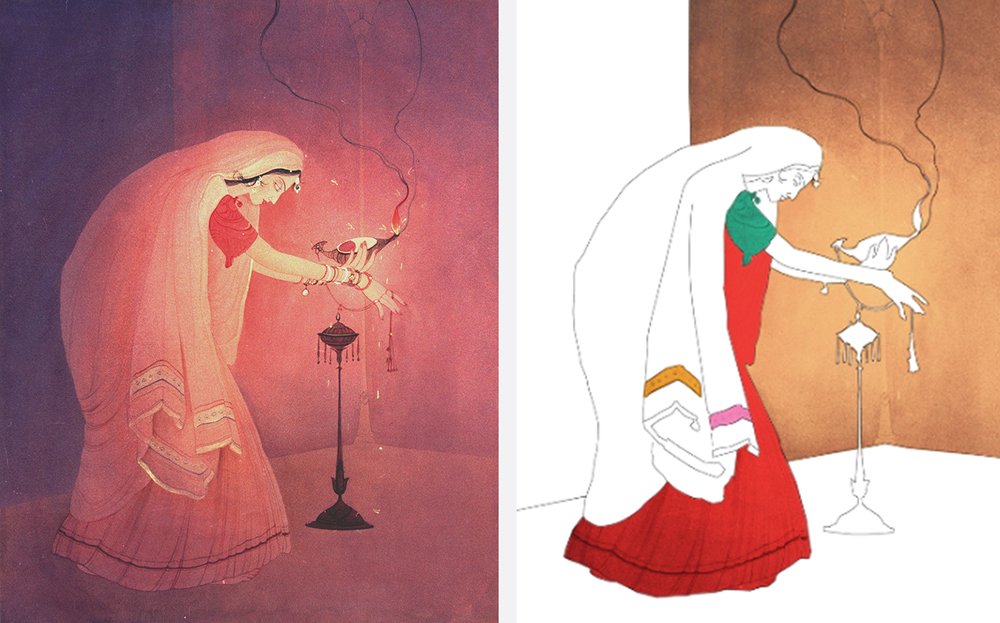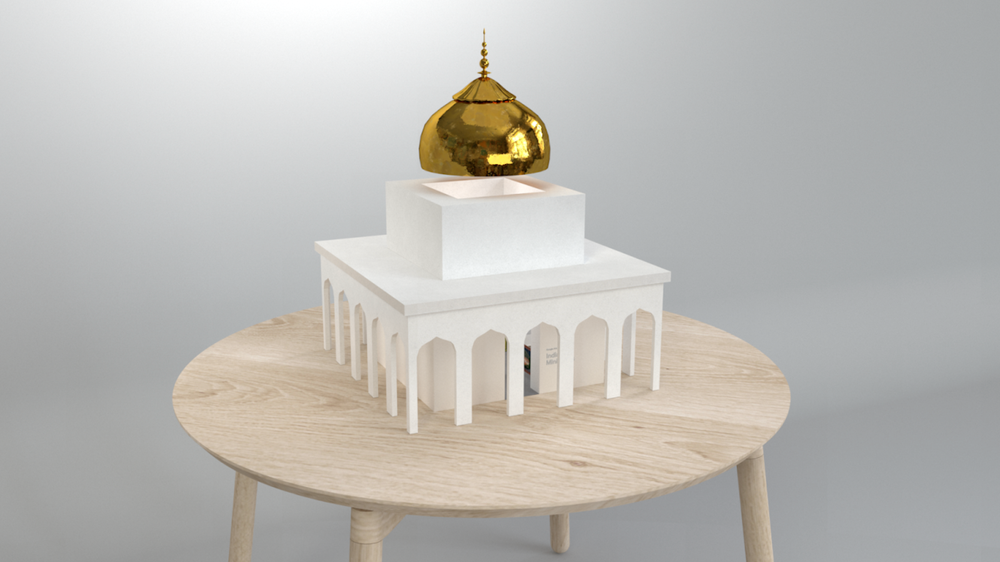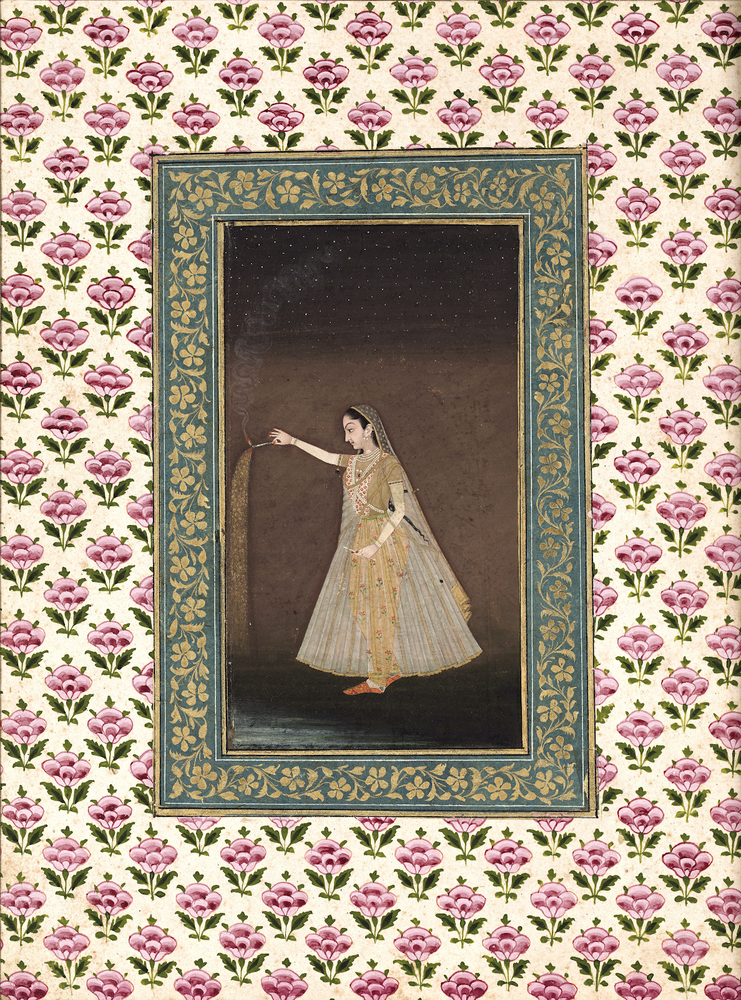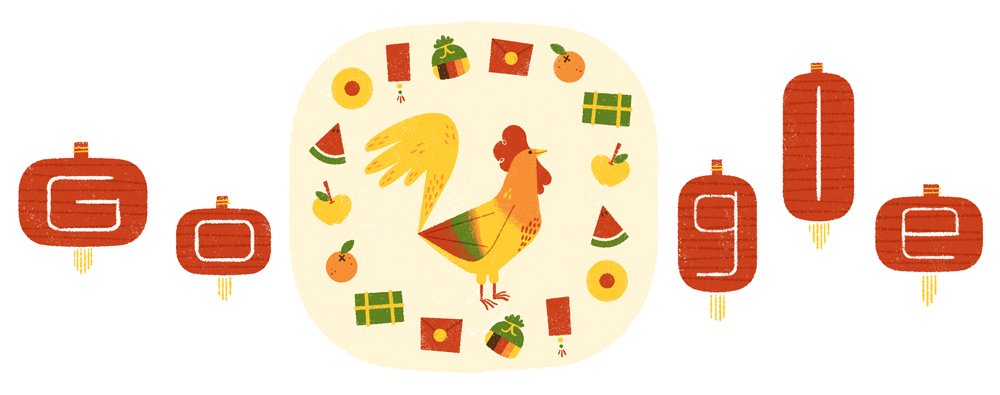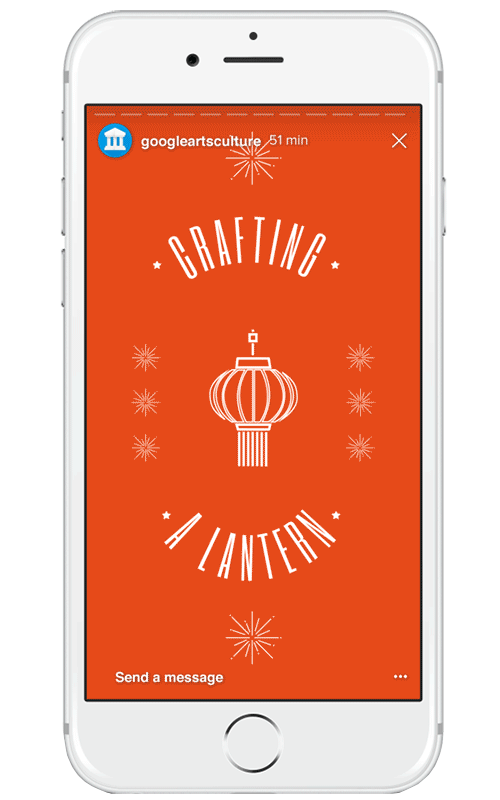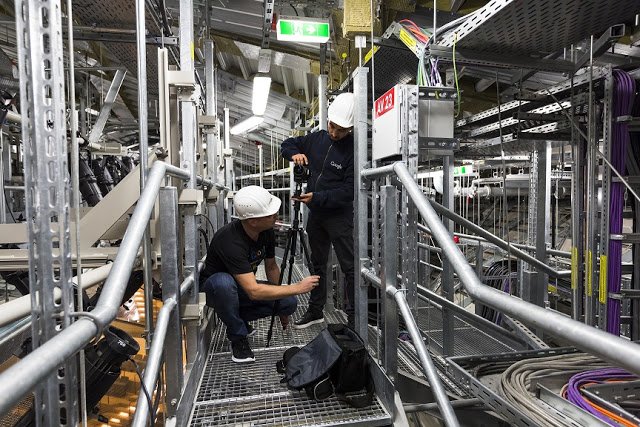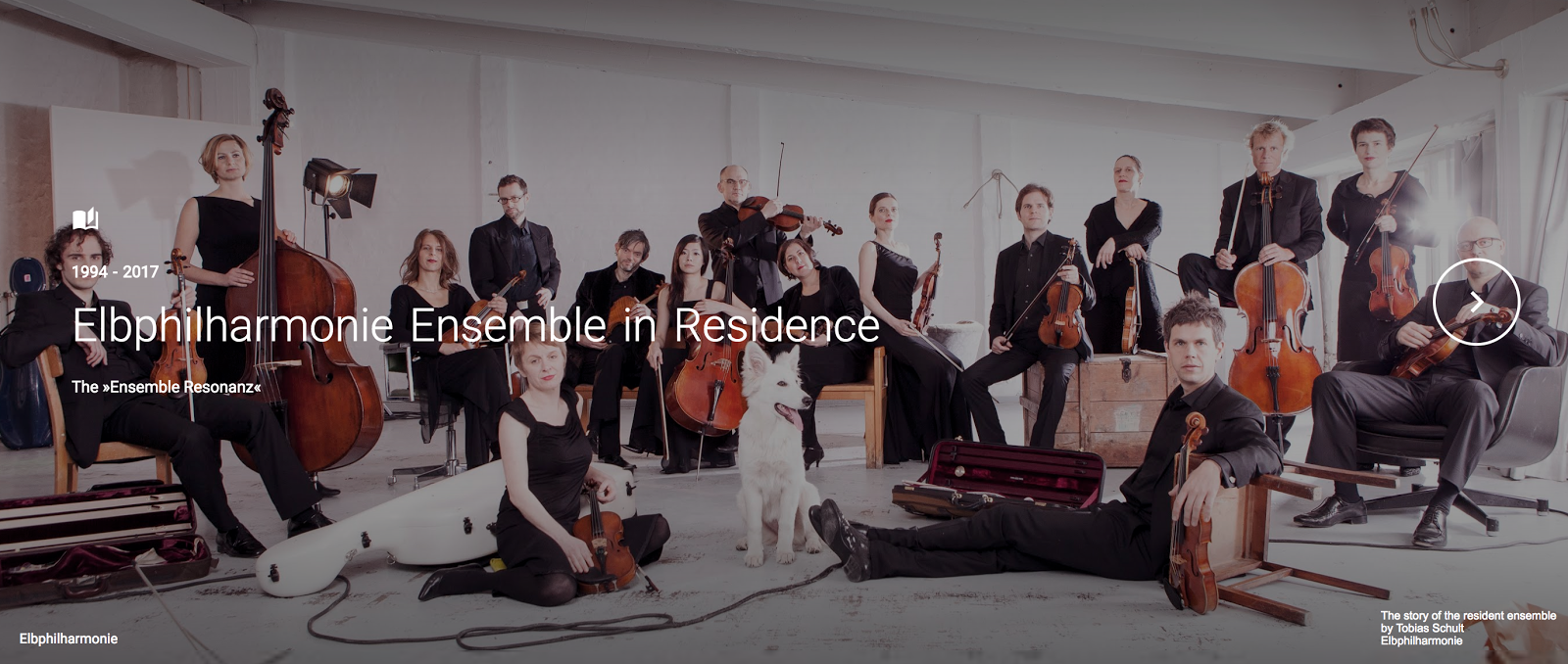Information can empower people, their cultures and their sense of history. It can also help us understand the world around us today. That’s why we built Google Arts & Culture — to put the world’s cultural treasures at anyone’s fingertips and help museums and other cultural organizations share more of our diverse heritage with the world.
Today, ahead of the Independence Day of India on August 15, we’re launching a new collection: ‘India Ki Udaan’, published in English and Hindi. This collection celebrates India’s unwavering spirit and its 75 years of independence, and the literal title translation means “India takes flight”. It allows anyone to explore more than 120 illustrations and 21 stories created by 10 talented artists, alongside exhibitions from various institutions across India — including the Ministry of Tourism, Museum of Art & Photography, Heritage Directorate of the Indian Railways, the Indian Academy of Sciences and the Dastkari Haat Samiti. This initiative offers a unique view of India and lets people discover some of the most memorable moments in India's modern history, its iconic personalities, its proudest scientific and sporting achievements, and how women in India continue to inspire the world.
Relive the moments of a newly independent India
On August 15, 1947, India gained independence from British rule following the Independence Movement led by Mahatma Gandhi and his message of nonviolent resistance. ‘India Ki Udaan’ takes people back to the Independence Day Celebrations in 1947 and Jawaharlal Nehru being sworn in as the first Prime Minister of Independent India. It tells the story of how the Indian Constitution was drafted over three years, as well as India’s first general elections which consisted of a sixth of the world’s population going to vote — making it the largest election in the world at the time. Explore the majestic Red Fort, lying at the heart of Delhi, where India’s Prime Minister hoists the National Flag from the monument's ramparts each year on Independence Day.
Discover the steps of progress
In December 1946, Sarojini Naidu, one of the women members of the Constituent Assembly, said during the First Session of the Constituent Assembly: “[…] I hope the smallest minority in this country will [...] be represented.” In 2015, Madhu Bai Kinnar made history when she became India’s first transgender Mayor in Chhattisgarh’s Raigarh Municipal Corporation. Another important step was the historic Decriminalization of Section 377 on September 6, 2018, when homosexuality was legalised and love was constitutionally recognised. Each of these victories have opened doors for a more hopeful future.
Learn about India's achievements in outer space
Did you know that India had its own Antarctic research base? Or that India’s first uncrewed satellite was launched in 1975? On that day, India became the world’s 11th nation to send a satellite into orbit. Nine years later, Rakesh Sharma became the first Indian who traveled beyond Earth.
…and in sports
Get inspired by Indian women
Women in India have played a huge part in shaping the rich culture of the country, revolutionizing the fields of science, technology, mathematics, politics and more. Meet Rajkumari Amrit Kaur, India’s first Health Minister – an enormous breakthrough for women’s representation in the newly independent country. Learn about more firsts: Leila Seth, the first female Chief Justice of India, and Bhanu Athaya, the first Indian Oscar winner. Or get to know Anuradha T.K., a scientist who joined the Indian Space Research Organisation (ISRO) in 1982, and became the first woman to be a satellite project director there. Or Vidita Vaidya, a neuroscientist who studied emotions and the brain, particularly when it came to depression.
10 years of Google Arts & Culture in India
Time flies when you’re working on something you’re passionate about. Google Arts & Culture’s journey in India started in 2012 when the National Museum and National Gallery of Modern Art joined our platform, and has since continued. We are proud to have partnered with local institutions to bring India’s cultural heritage to people all around the world – from immersive tours of World Heritage Sites like the Taj Mahal and Hampi, to close-ups of Raja Varma’s lavish paintings, unforgettable journeys by Indian Railways, and detailed stories about pioneering Indian women.
Today, millions of people from across the world can explore 2,100 exhibitions provided by over 100 partners in India. They can also experience incredible India in 360 degrees, as never seen before. Take a journey across Hampi, Goa, Delhi and Amritsar, and explore the places and people that make each of these iconic Indian sites incredible.
To our more than 100 Indian partners, a huge thank you. And by partners, we mean everyone: curators taking the time to create a stunning online exhibition, the art handlers who help digitize thousands of spaces and archives, the preservation expert sharing fragile treasures, the directors who believe in participating in an online platform, and everyone else behind the scenes.
We hope that the merging of new technologies and India’s rich cultural heritage will provide many more opportunities to share compelling stories, exhibits and experiences that can be enjoyed by anyone, wherever they might be. As we go forward, we’ll continue to work with partners and artists to enrich the collection.
